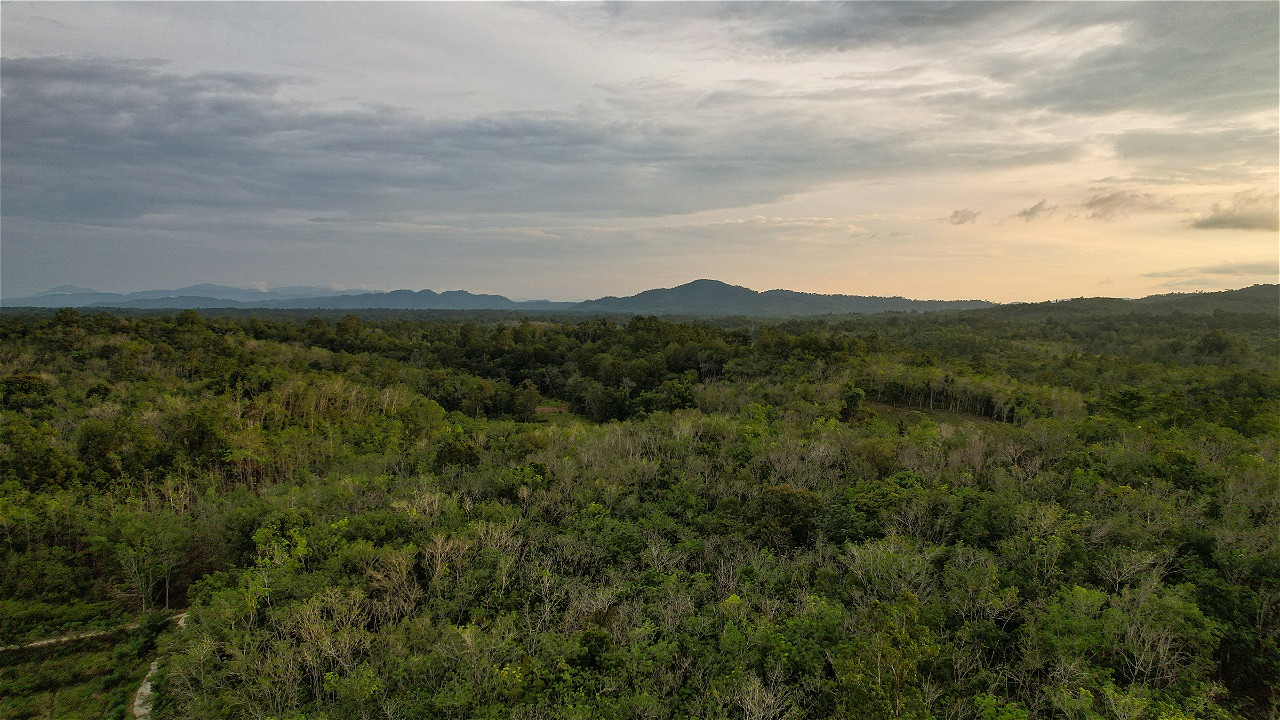PROTECTING OZONE THROUGH GREEN LIFESTYLE
By: Natalia Trita Agnika
We can't see it, but we can feel it. That's ozone, a layer in the atmosphere that protects living things on earth from harmful ultraviolet B (UV-B) rays. If humans are exposed to these rays at high intensity, they can develop skin cancer and cataracts, and cause a decline in the immune system. UV-B exposure can also damage plants and aquatic ecosystems. That's why the ozone layer is so important for life on earth.
The United Nations (UN) has also established International Ozone Day on September 16 each year. On that date in 1987, the Montreal Protocol was signed which became the beginning of international cooperation to control the production and consumption of ozone-depleting substances (BPOs). This commemoration aims to raise awareness of the world community for the preservation of the ozone layer as the earth's shield.
The chemical-induced ozone hole in Antarctica was first discovered in the 1980s. The cause is due to the high consumption of ozone-depleting substances. The most popularly known ozone-depleting substances are chlorofluorocarbons (CFCs). These are often used as refrigerants in freezers, refrigerators, air conditioners and other cooling machines, spray cans for air fresheners, hair or perfume sprays, and building blocks for foam or shoe soles. Other ozone-depleting substances are Halon in fire extinguishers, Methyl Chloroform (CTC), and Methyl bromide in pesticides.
Governments in various countries, including Indonesia, have made efforts and commitments to reduce the production and consumption of BPOs. Indonesia ratified the Motreal Protocol with Presidential Decree No. 23 of 1992. The efforts of various countries have also shown results. The size of the hole in the ozone was the largest observed in 2006, reaching a size of 30 million square kilometers. Currently, the hole has shrunk to 20 million square kilometers. The hole is expected to be completely closed by 2075 if activities to save ozone continue.
Society has an important role to play in contributing to efforts to protect the ozone layer. One of them is by being a smart consumer in choosing products that do not contain BPOs. Being a smart and wise consumer is in line with the #BuyTheGood campaign initiated by WWF. A concrete action is to buy air conditioners that do not use HCFC refrigerants. This will reduce the need for HCFCs for maintenance and repair of such equipment. Maintenance of household air conditioners and refrigerators at certified and MOE-registered service workshops should also be routinely carried out.
Being a smart consumer means minimizing the environmental impact resulting from daily consumption and production patterns. In addition to being a smart consumer in choosing environmentally friendly products, an environmentally friendly green lifestyle can minimize the ozone layer depletion process. This lifestyle includes using less air conditioning, using less light, avoiding aerosolized perfumes, and starting to use natural cleaning products. The chemicals contained in household cleaning products are also high in chemicals that have the potential to damage ozone.
Find more examples of green lifestyle behavior in WWF's "Green Lifestyle" sticker series. These stickers can be downloaded at Blackberry Messenger Shop. By adopting a green lifestyle, we are helping to protect the ozone layer from depletion.




